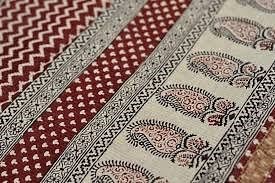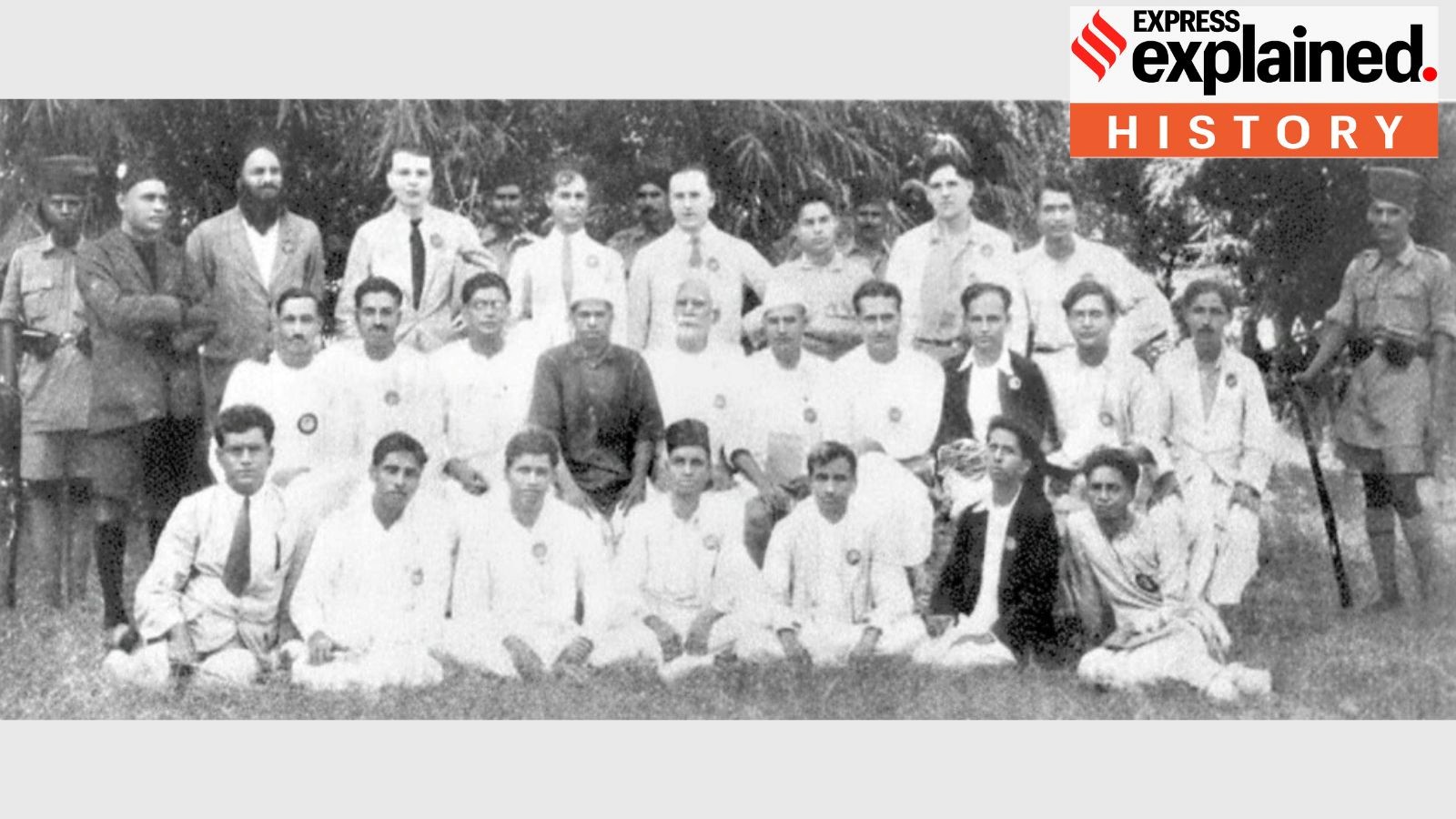Description

Disclaimer: Copyright infringement not intended.
Context
- This training camp was launched by MP Tourism Board in association with district administration Dhar with an aim to provide livelihood skills to women.
- It was organised under ‘Safe Tourist Places for Women’
|
Safe Tourist Places for Women project
This project, operated with Nirbhaya Fund, launched jointly by Madhya Pradesh Tourism Board and District Administration Dhar.
With an Objective that every woman should feel safe at the tourist places, the women and girls trained in self defence to give their services in the tourist sites of the district.
It makes tourism destination safe for Women in Madhya Pradesh through awareness, education, training & employment.
|
Details
- In will promote eco-friendly substitute to plastic bags and hence will encourage a safe, sustainable and responsible tourism experience in the state.
- With an aim of empowering woman and making them self sufficient, it will help them to set up a Bag-Making Enterprise.
- Various long term and short term training programmes are being run in various disciplines where participants are getting trained on the various aspects of Bag Stitching using Bagh print along with bag designing, block printing.
Bagh Prints of Madhya Pradesh
- Bagh Prints, which derives its name from a village Bagh on the banks of the Bagh River, is a traditional Indian handicraft practised in Bagh, Dhar district of Madhya Pradesh, India.
- Bagh print and associated bags are known as important part of Dhar’s identity.
- The cloth used is usually cotton and silk cloth. However it could be Kosa silk, bamboo chicks, cotton rugs, chiffon, crepe, georgette tissue, and mulberry silk etc.
- Religious and traditional motifs are used and are typically geometric, paisley, or floral compositions design.
- It is considered 1000 years old wooden hand-block print and believed to be started by the Khatri community around the Indus Valley times.
- It uses naturally sourced pigments and dyes and generally dyed with vegetable colours of red and black over a white/gray background. For instance outer skin of pomegranate, and leaves of indigo, lime etc.
- This handicraft style is Geographically tagged and registered.

What is Geographical Indication?
- A geographical indication (GI) is a sign used for products corresponding to a specific geographical origin and which possess qualities, characteristics or a reputation that are essentially due to that origin.
- It conveys an assurance of quality and distinctiveness about its origin, geographical locality, region or country.
- It is an assurance that product is produced as per traditional methods.
- GI is typically used for spirit drinks, foodstuffs, agricultural products, handicrafts, and manufactured products.
- Their domain falls under Office of the Controller General of Patents, Designs & Trade Marks, Department for Promotion of Industry and Internal Trade, Ministry of Commerce & Industry, Government of India.
- These products are registered, for a period of 10 years, under the Geographical Indications of Goods (Registration and Protection) Act, 1999 of the Government of India which came into force in 2003.
- They are also covered under Articles 22 to 24 of the Trade Related Aspects of Intellectual Property Rights (TRIPS) Agreement.
- Geographical indications are covered also as an element of IPRs Under Articles 1 (2) and 10 of the Paris Convention for the Protection of Industrial Property.
Benefits of GI Tags
- It provides a legal protection to the products.
- It prevents unauthorised use of GI tag as no other producer can misuse these GI tagged products for other similar products.
- Consumers get authentic products of desired traits and are assured of origin and quality.
- It promotes the economic prosperity of the region and the producers of GI tag goods by enhancing their market demand.
Total GI Tag in India
- First product to get GI tag was Darjeeling tea. It was given in 2004-05.
- As of March 2023, a total of 475 manufactured products and products related to Handicraft, Agriculture and were given GI tags.
|
PRACTICE QUESTION
Consider the below statements about GI tags in India:
1. Only Handicraft products are eligible to be registered under GI act of 1999.
2. The first product to get GI tag was Darjeeling tea.
3. It is awarded for 15 years initially.
Which of the above statements is/are incorrect?
a) 1 and 2 only
b) 2 and 3 only
c) 1 and 3 only
d) 1, 2 and 3
Correct Answer: (c)
|
https://www.freepressjournal.in/indore/madhya-pradesh-women-learn-to-make-bagh-print-bags-under-safe-tourist-places-project









